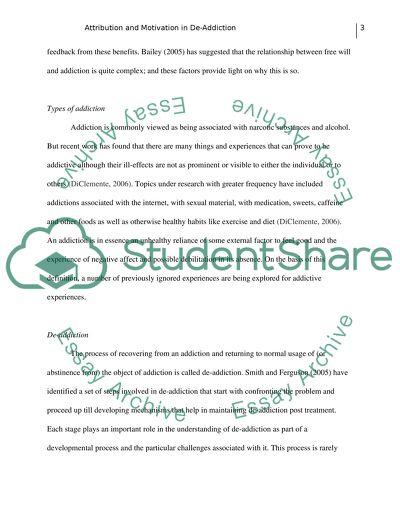Cite this document
(“Factors that Affect the Likelihood of Further Attempts to Overcome Research Paper”, n.d.)
Retrieved from https://studentshare.org/psychology/1396421-factors-that-affect-the-likelihood-of-further-attempts-to-overcome-caffeine-addiction-after-previously-encountered-failure
Retrieved from https://studentshare.org/psychology/1396421-factors-that-affect-the-likelihood-of-further-attempts-to-overcome-caffeine-addiction-after-previously-encountered-failure
(Factors That Affect the Likelihood of Further Attempts to Overcome Research Paper)
https://studentshare.org/psychology/1396421-factors-that-affect-the-likelihood-of-further-attempts-to-overcome-caffeine-addiction-after-previously-encountered-failure.
https://studentshare.org/psychology/1396421-factors-that-affect-the-likelihood-of-further-attempts-to-overcome-caffeine-addiction-after-previously-encountered-failure.
“Factors That Affect the Likelihood of Further Attempts to Overcome Research Paper”, n.d. https://studentshare.org/psychology/1396421-factors-that-affect-the-likelihood-of-further-attempts-to-overcome-caffeine-addiction-after-previously-encountered-failure.


